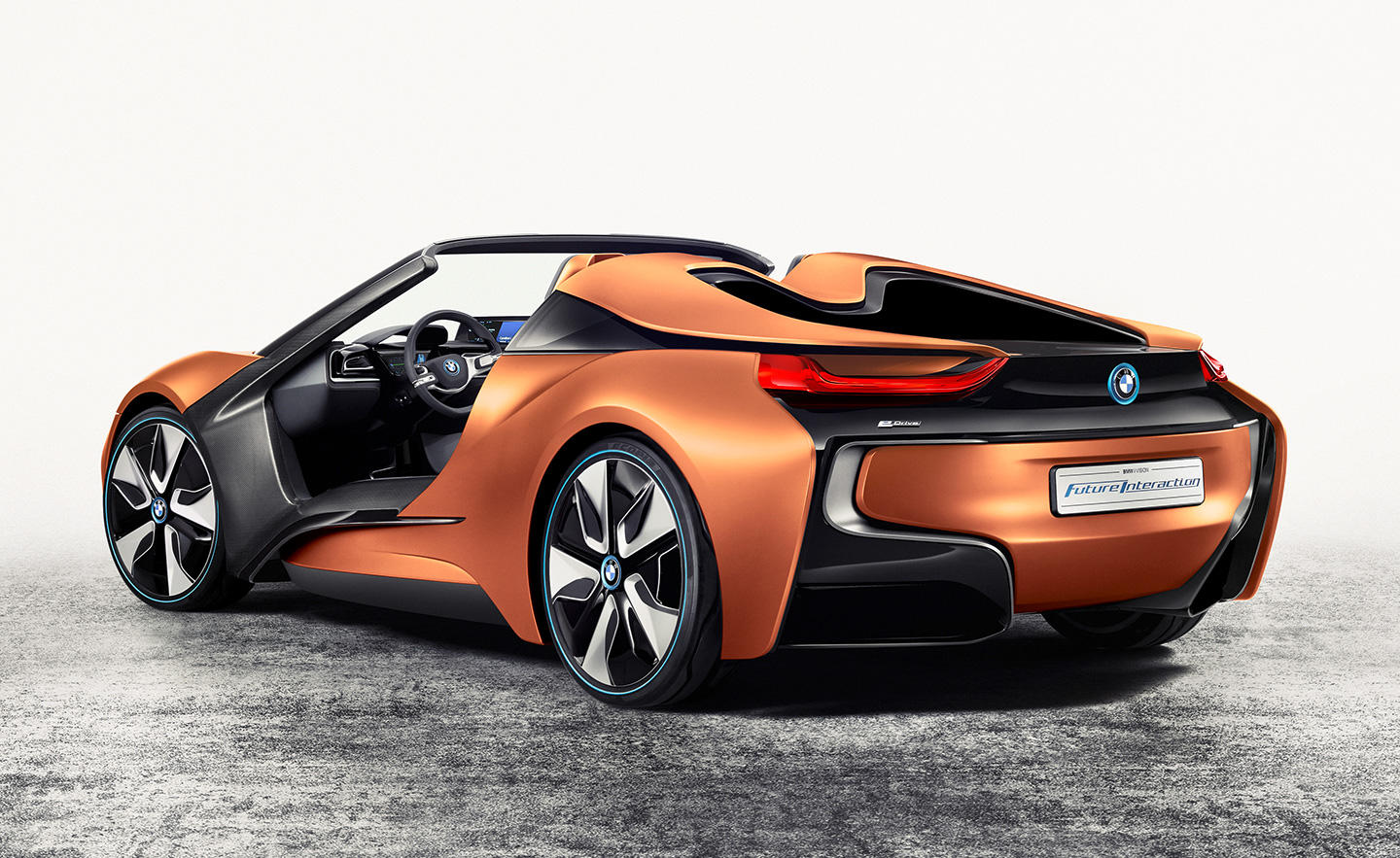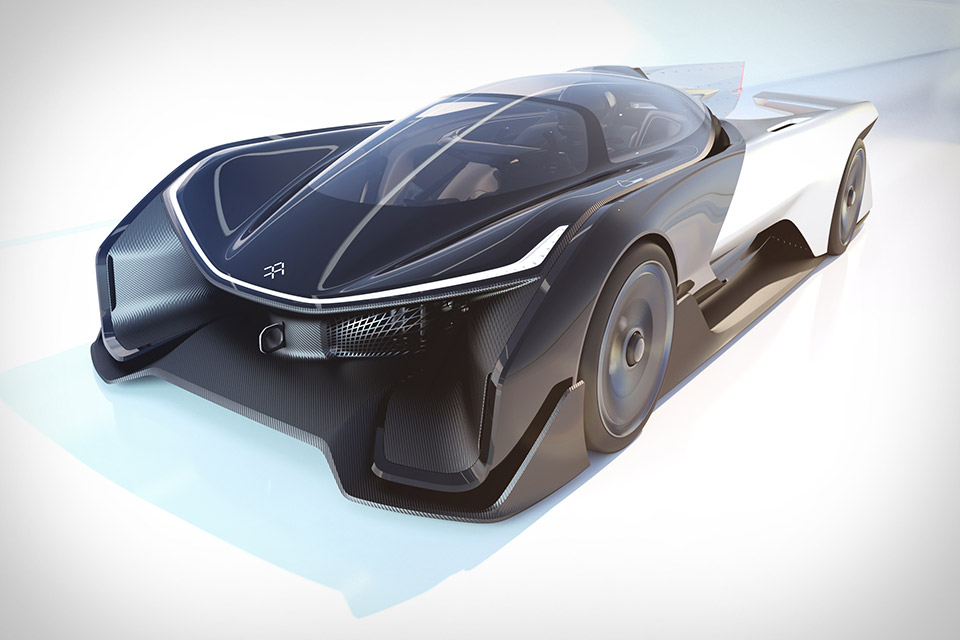But the real excitement was over the idea of the driver line-up. Being already aware that Grosjean was destined for the new Haas team, and not being overly overjoyed at the idea of the lesser of the two drivers leading the team, the new driver line-up was eagerly anticipated. The promotion of Jolyon Palmer from reserve driver to his first seat was seen as a promising concept, with Palmer being the son of the famous F1 driver Jonathan Palmer, and so the hop was that he has his dad's talent.
Then came the intrigue. Rumours began to spread that Maldonado's sponsor, the Venezuelan oil company PDVSA, was late in its payment to the team. Then came the story that Renault, who apparently was not keen on retaining Maldonado anyway, and only did because of his contract, were prepared to use this late payment as a ground for the termination of his contract. The driver that was to take his seat if this was to happen would be Kevin Magnussen, who had impressed many when driving for McLaren alongside Button a couple of years ago. However the return of Alonso had pushed Magnussen into being a reserve driver. Contemplating withdrawing from F1 altogether, Magnussen's hope of continuing in F depended on the validity of these rumours. Renault themselves were not to be drawn on the issue and refused to comment. That was until last Wednesday, at the launch of the new Renault Sport F1 car. The new drivers were there to reveal the car. And they were Magnussen and Palmer. Maldonado was gone, and the Formula One community rejoiced. There is fresh hope for the future of Renault in F after all.
Nev











